There are many industrial processes in which the transmission of power between two pieces of machinery is necessary. The use of power transmission belts dates back the advent of modern process machinery; threshing machines, early manufacturing drives and a wide variety of other equipment all depended on power transmission belts. Read More…
Our conveyor belts are ISO 9002 and FDA certified. We can use our belts in nearly every industry, from transmission timing belts to conveyor belts for foods.
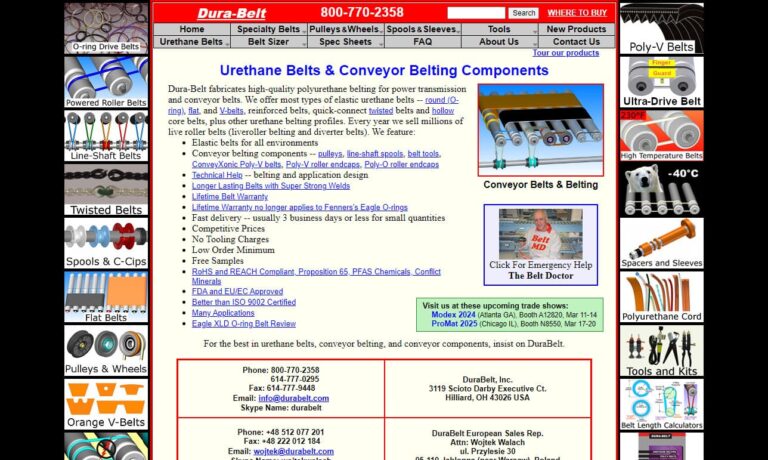
Creating conveyor belts at Fabrication Unlimited such as rubber belting, flat belts, endless belting, PVC, urethane belting, timing belts, cleated belting, specialty unscrambler belts (made-to-order), & corrugators belts, can be done with fast turn around for all fabricated belting offered. Serving food processing, agricultural, pharmaceutical, recycling, beverage and other industries.

Custom conveyor belting is fabricated by Beltservice Corporation and available through our distributors or OEMs. From this conveyor belt manufacturer, you will find agricultural, cleated, elevator, food handling, heat-resistant, heavy-duty and light-duty, incline, package-handling belting and more.

Come to Con-Belt Inc. for quality flat belts. Established in 1991, we have over twenty years of manufacturing experience and can meet your specifications and exceed your expectations. All of our products are made with pride in U.S. and are compatible and interchangeable with most major manufacturers’ conveyor equipment. Contact us today for further information about the products we offer.

More Power Transmission Belt Manufacturers
Mining equipment, manufacturing machinery, automobiles and even small utilities like sewing machines require the use of power transmission belts. Because there is such a wide range of machinery in which power transmission belts are used, there exists an equally wide variety of power transmission belts to accommodate them. That variety includes very large endless belts for use in large equipment as well as small round belts for use in smaller equipment.
Transmission belts are manufactured to varying specifications. Heavy duty industrial belts are usually made of strong materials and can often be temperature and chemical-resistant. Lighter-duty belts can be made of less resistant materials, which can be less expensive and more appropriate for less demanding applications.
As technology continues to advance, the lifespan and performance of power transmission belts has increased greatly. The advent of synthetic rubber materials like neoprene, silicone, polyurethane (sometimes erroneously referred to as urethane) and others has expanded the horizons of industrial process equipment. The temperature, chemical and pressure-resistant properties of some synthetic rubber materials has allowed for the use of power transmission belting in applications that were once too demanding and inhospitable.
Improved belting technology has also contributed to the improved safety of the equipment in which belts are used. Reducing the likelihood of belt breakage reduces the chances of the cascading damage to other equipment parts that can be caused by belt failure during a machine's operation. While it is still important to carefully pair a power transmission belt with its application, the combination of careful maintenance and proper operation will help to ensure the long term and efficient operation of the belt and the equipment with which it is used.

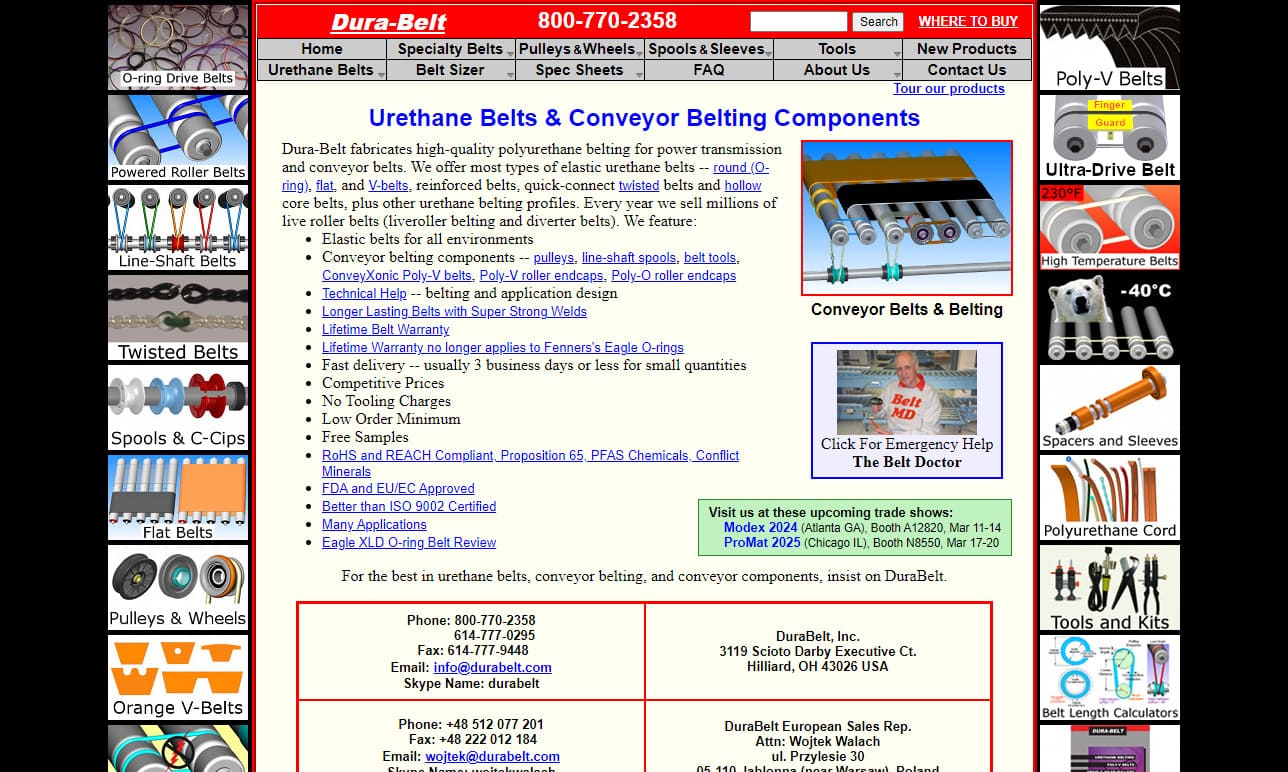



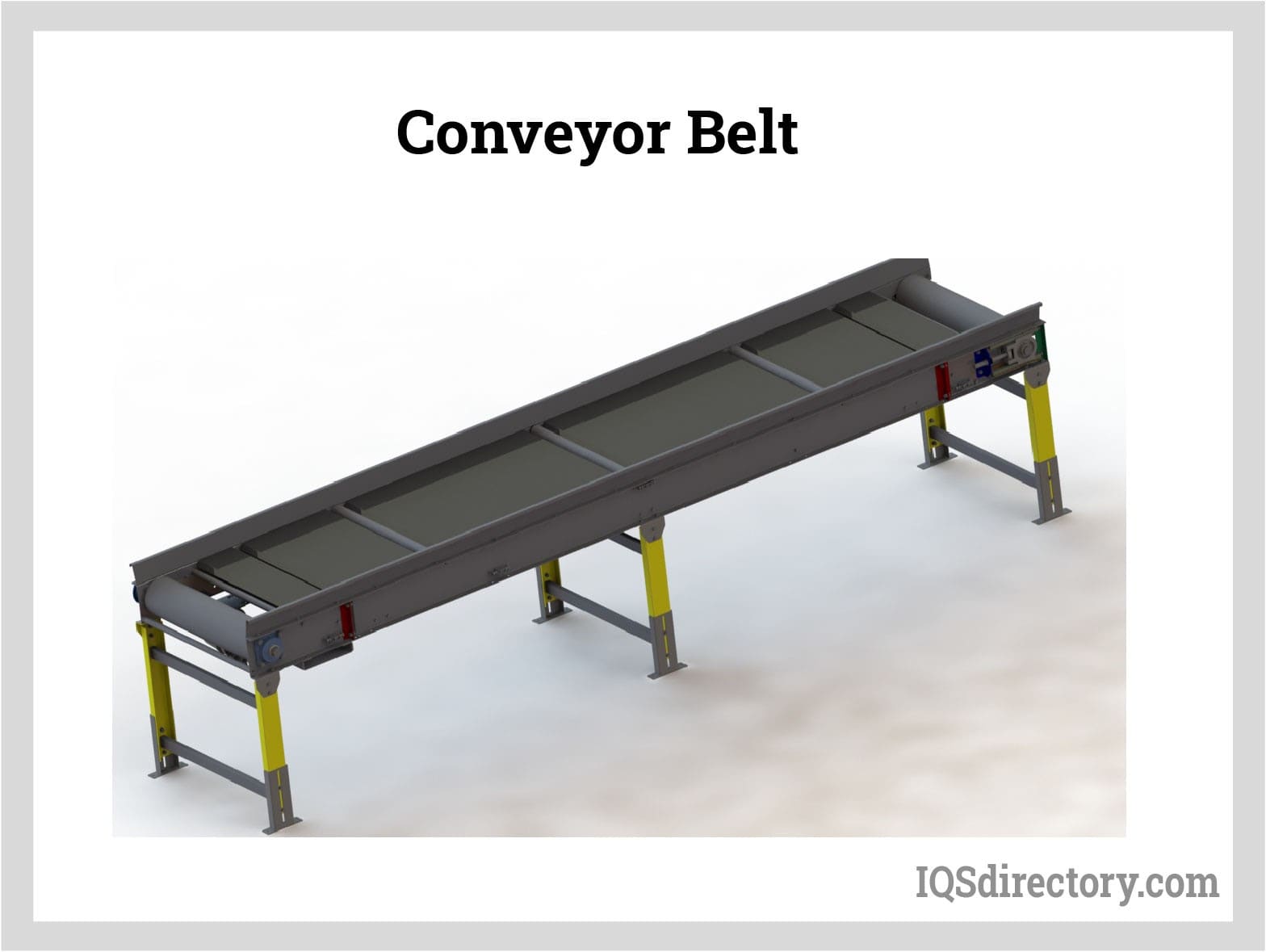
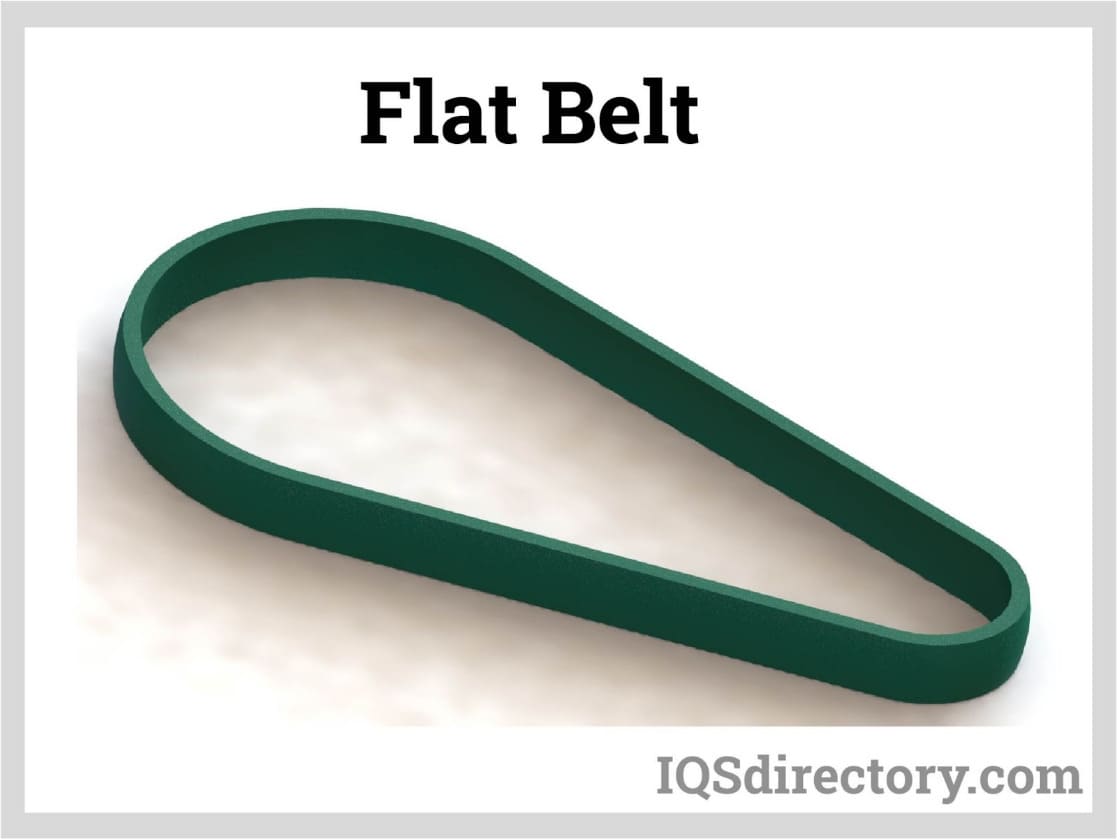
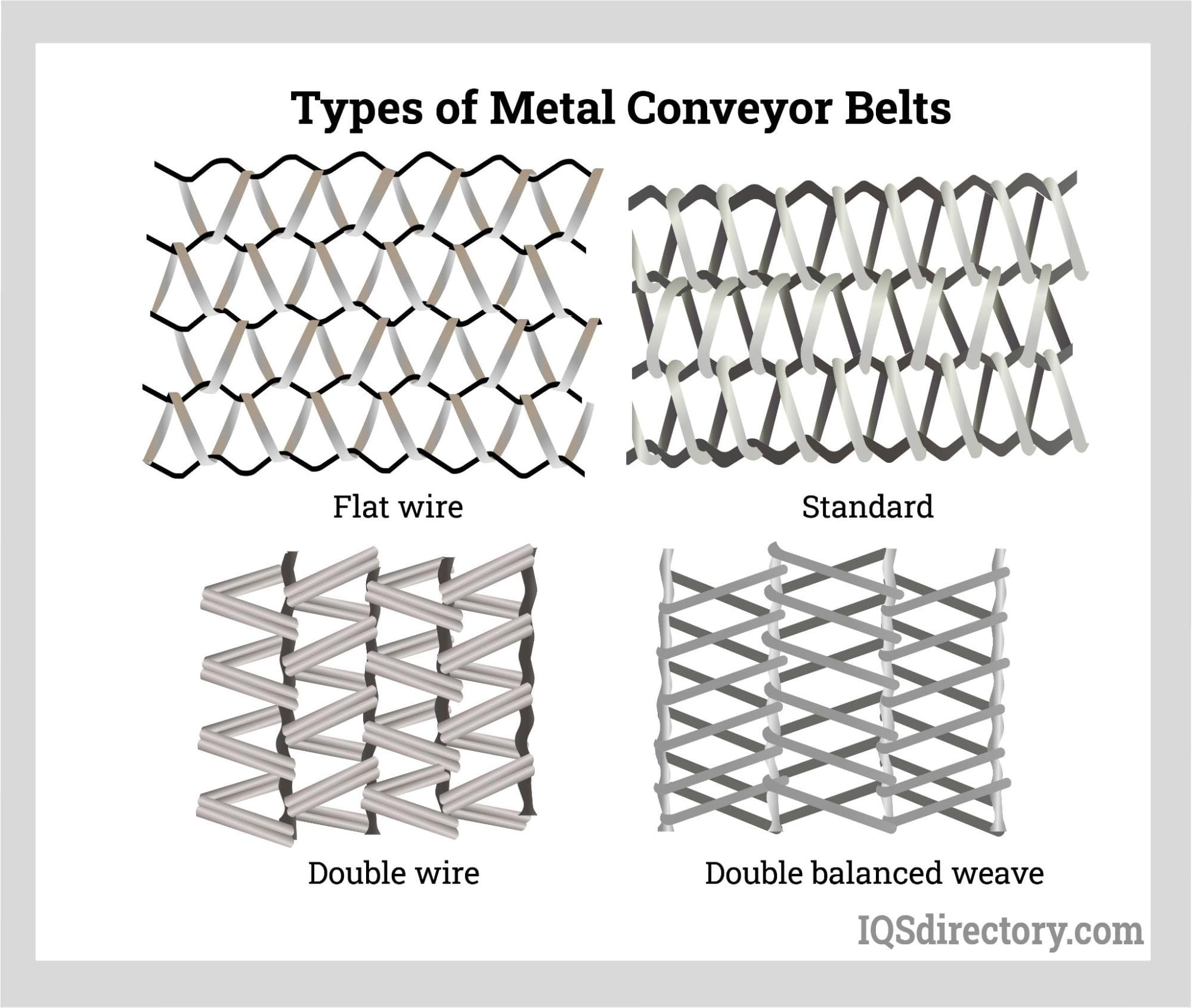
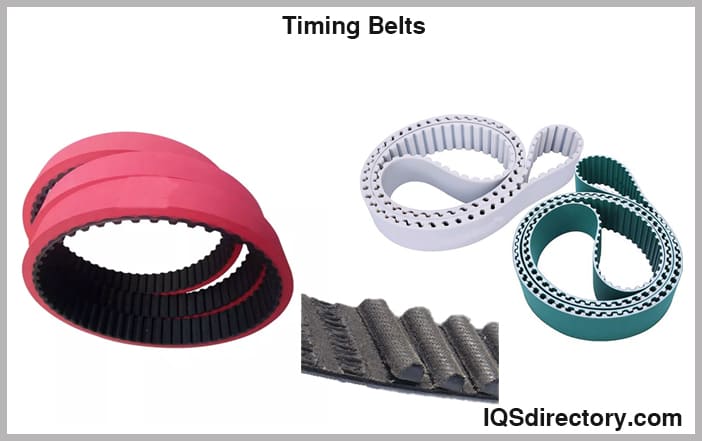
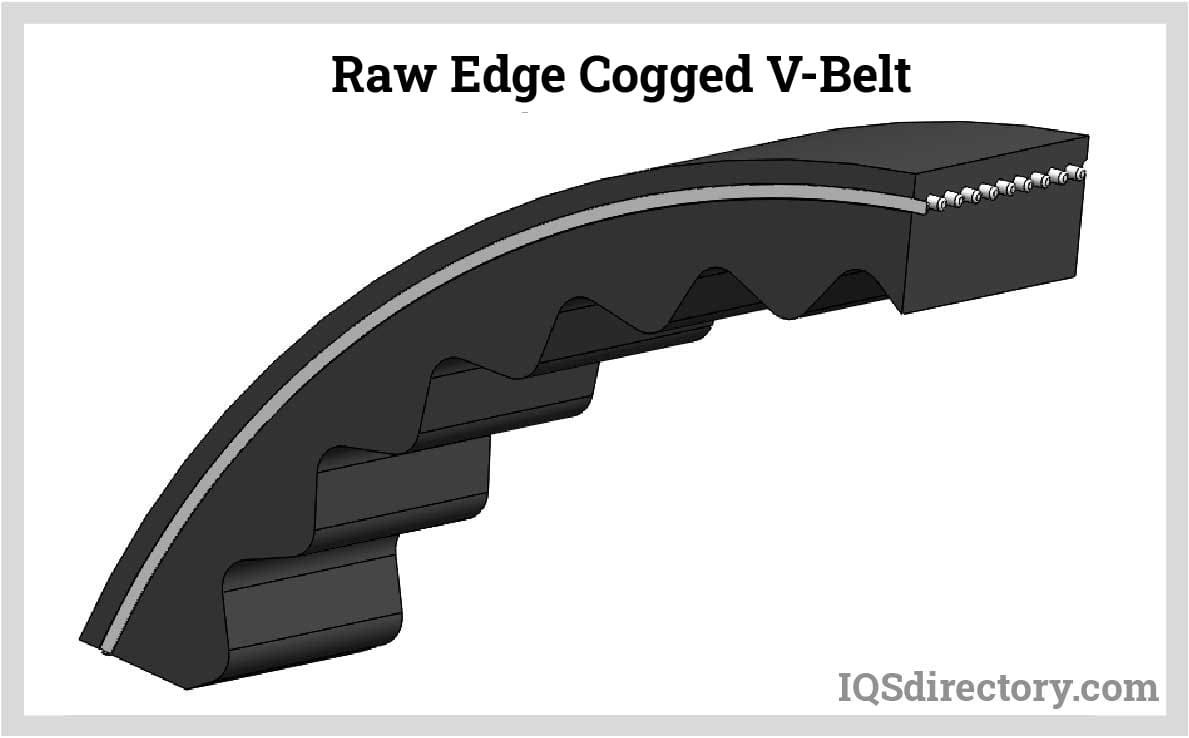
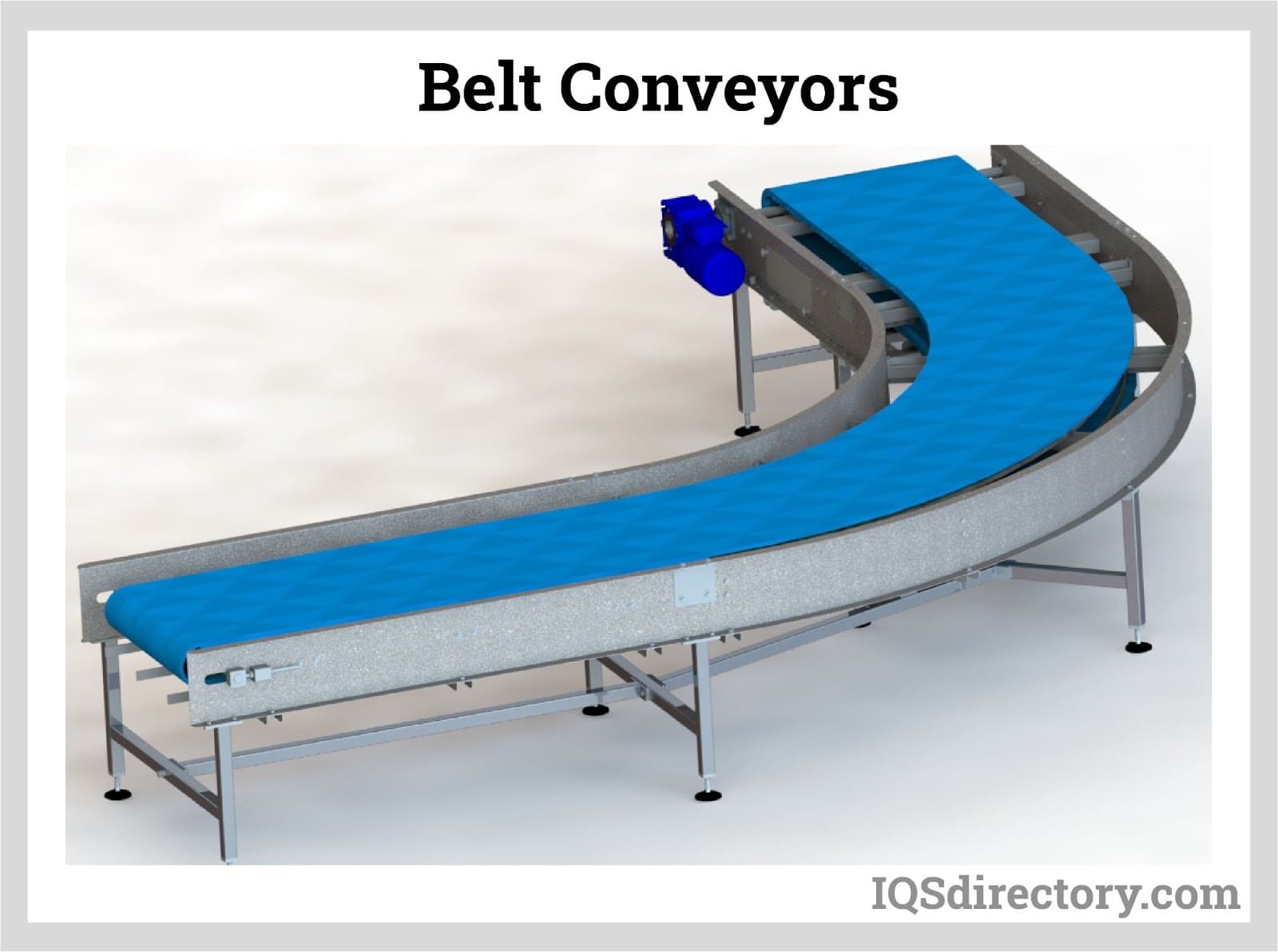
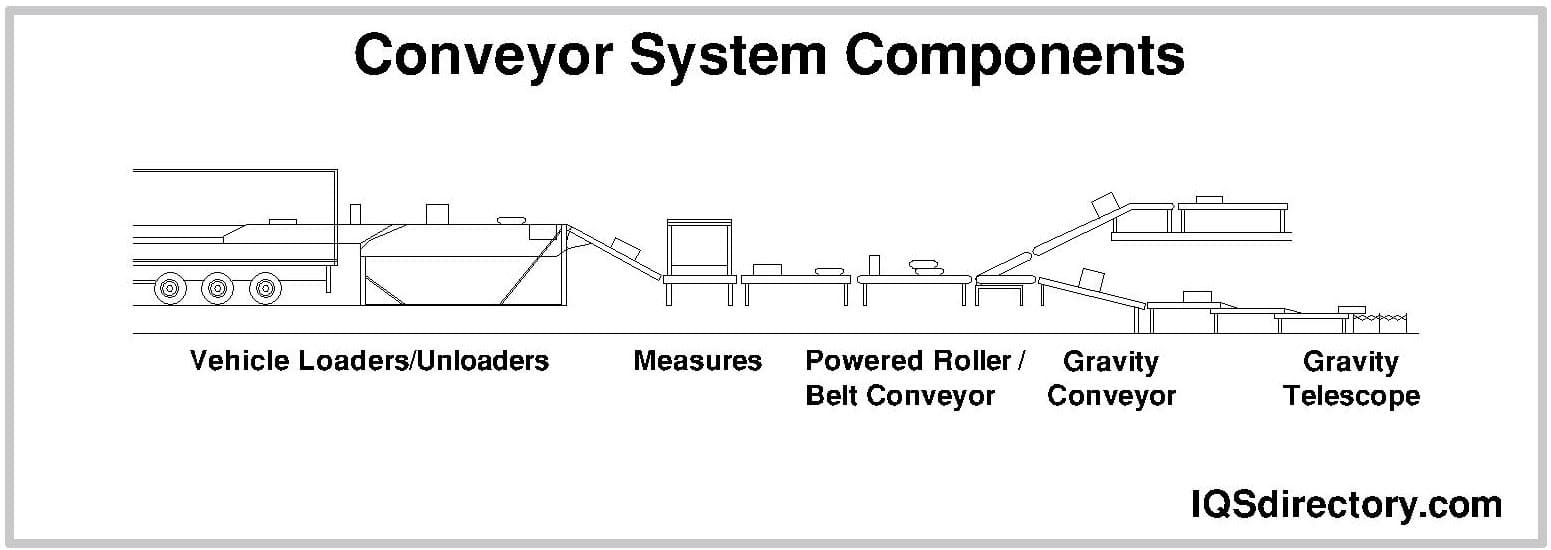
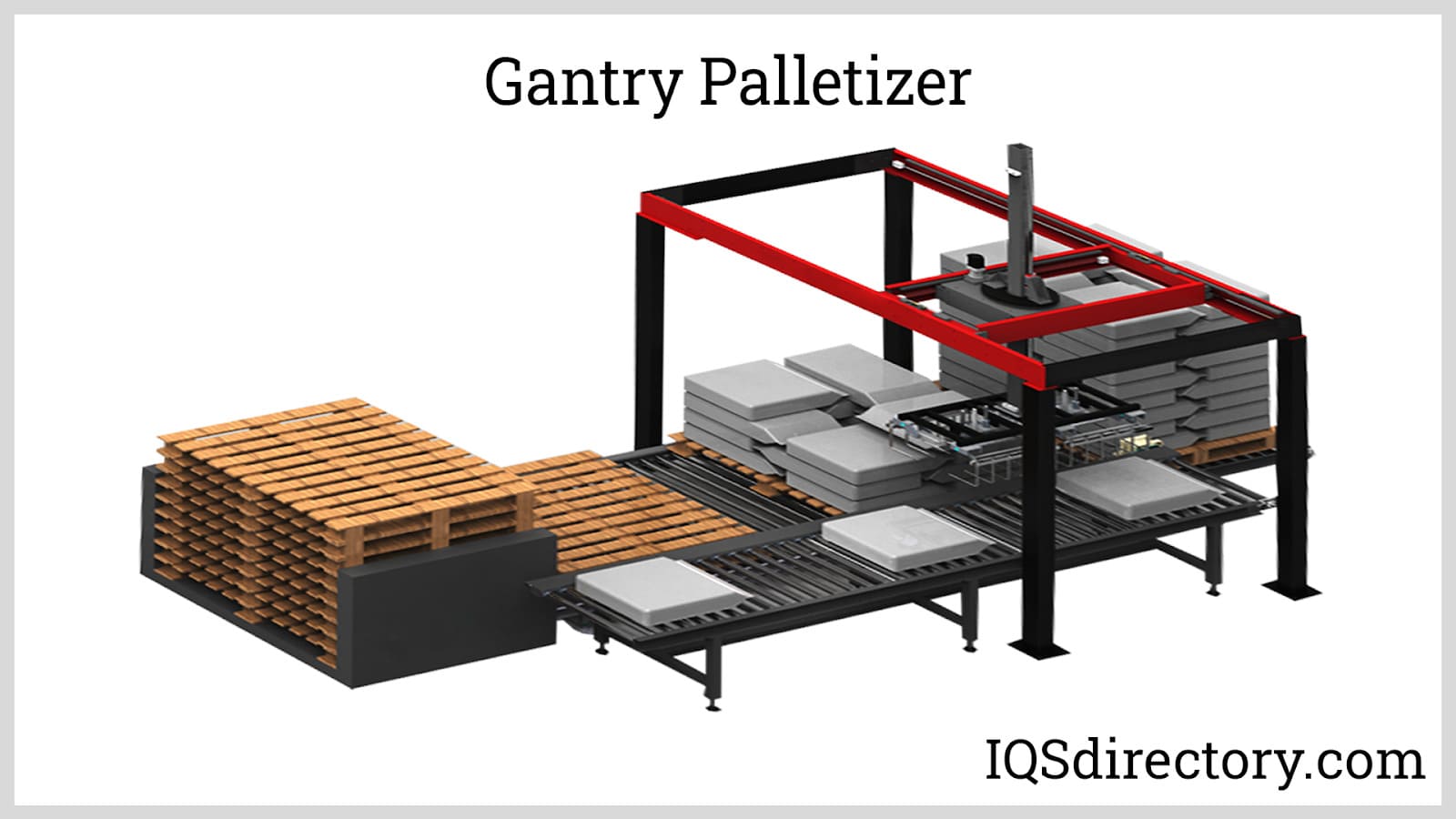
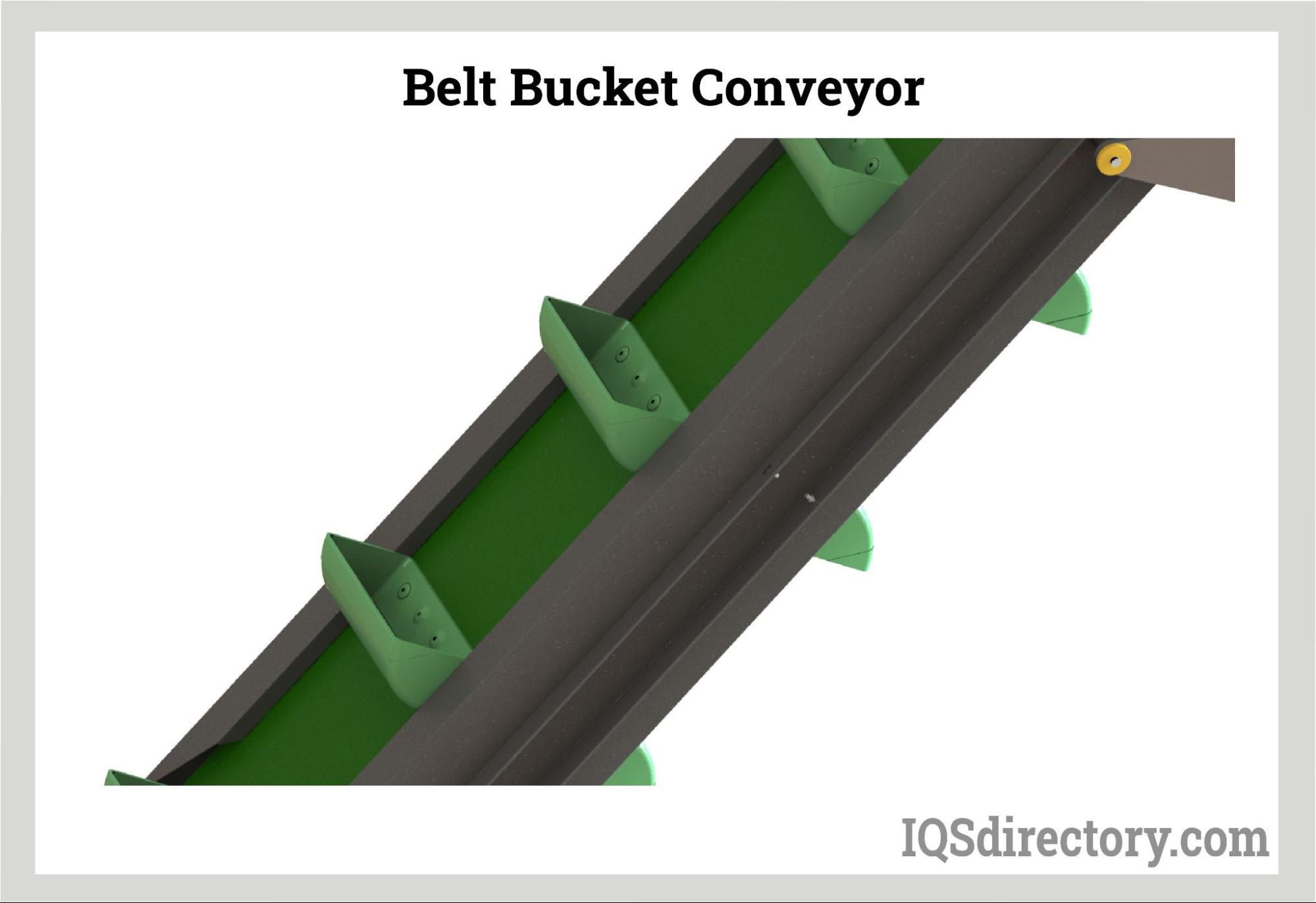
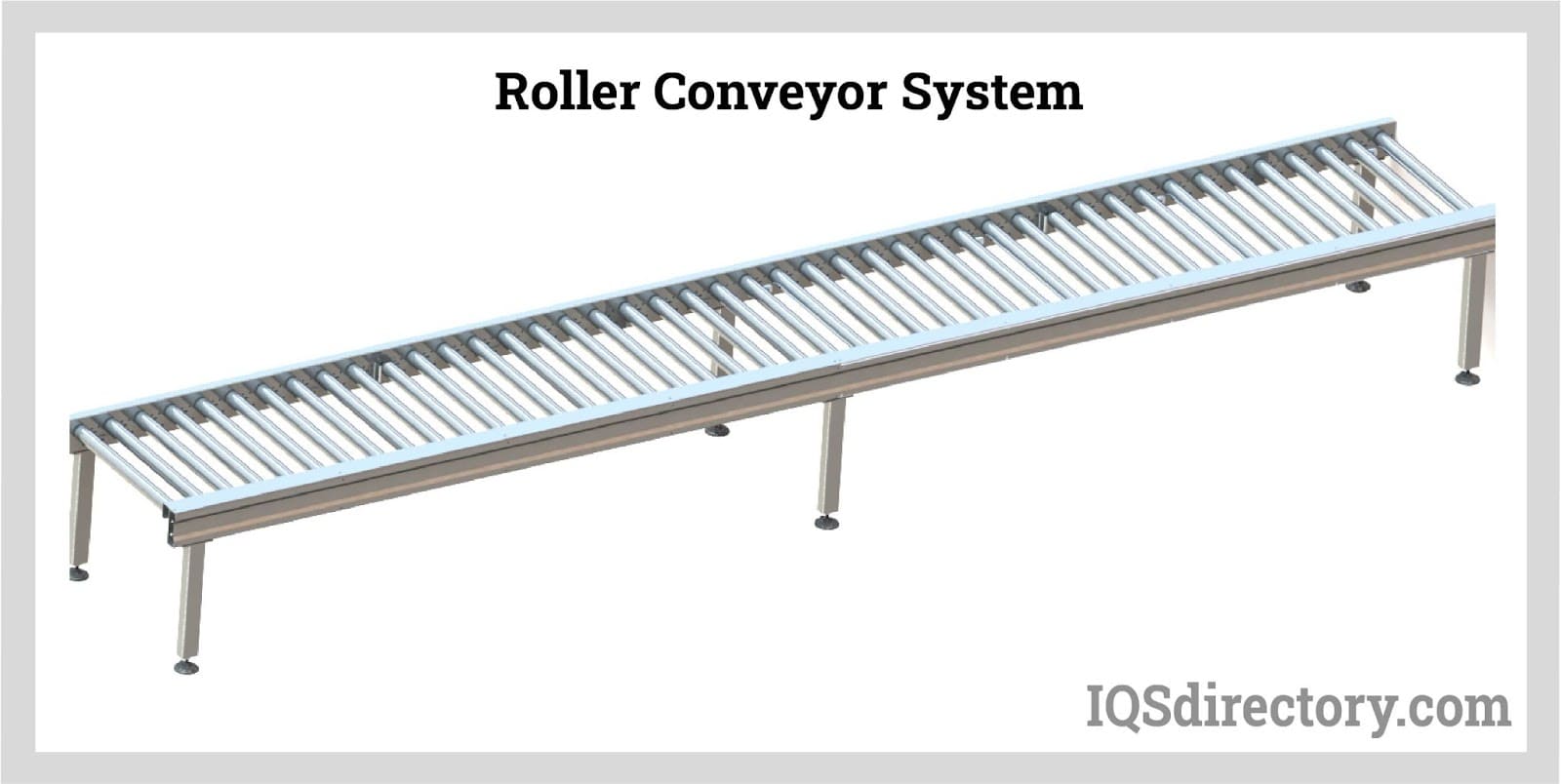

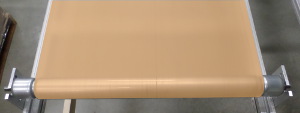 Conveyor Belting
Conveyor Belting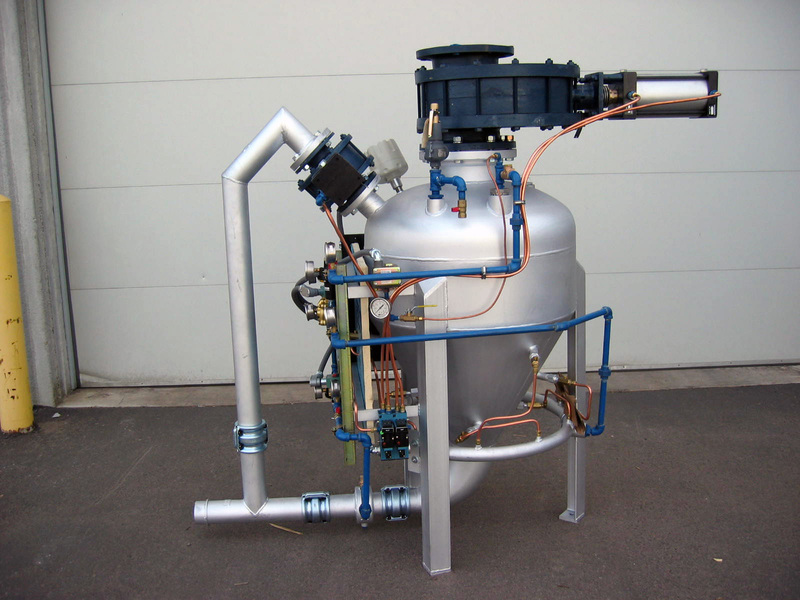 Conveyor Systems
Conveyor Systems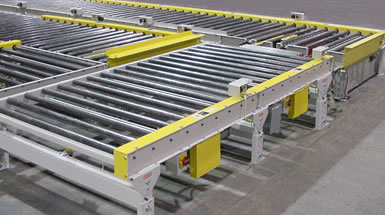 Conveyors
Conveyors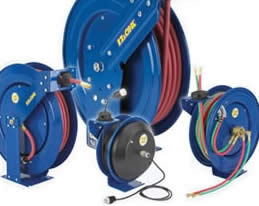 Hosereels
Hosereels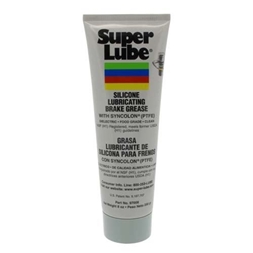 Industrial Lubricants
Industrial Lubricants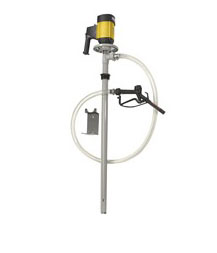 Lubricators
Lubricators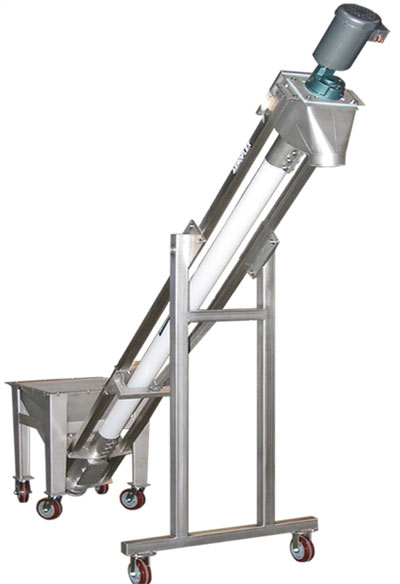 Screw Conveyors
Screw Conveyors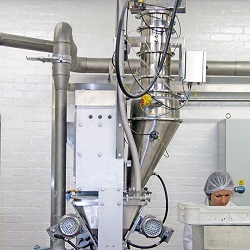 Pneumatic Conveyors
Pneumatic Conveyors AGV
AGV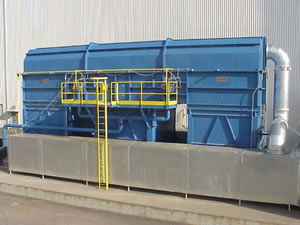 Air Pollution Control
Air Pollution Control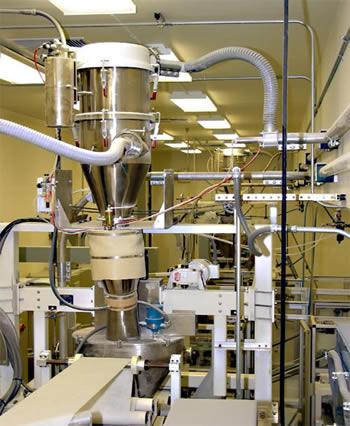 Assembly Machinery
Assembly Machinery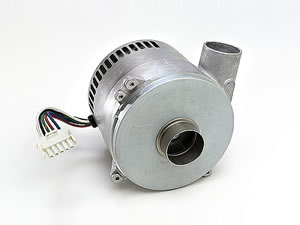 Blowers
Blowers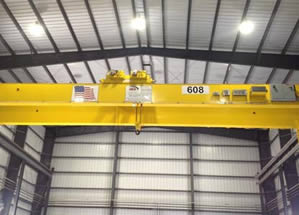 Cranes
Cranes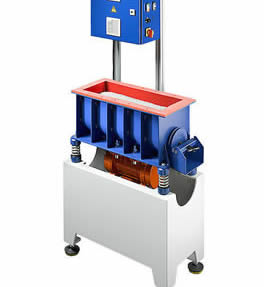 Deburring Machinery
Deburring Machinery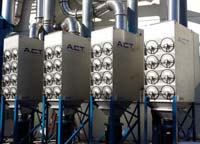 Dust Collectors
Dust Collectors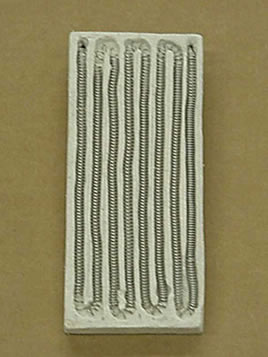 Heaters
Heaters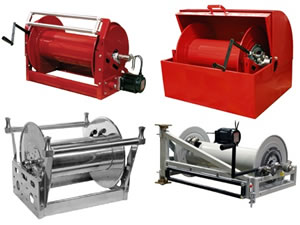 Hose Reels
Hose Reels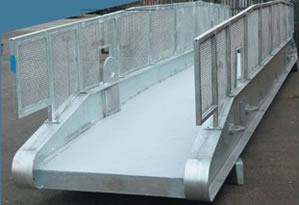 Mezzanines
Mezzanines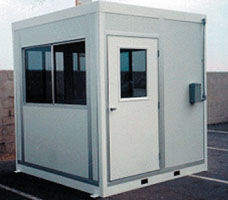 Modular Buildings
Modular Buildings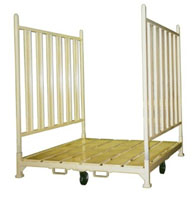 Storage Racks
Storage Racks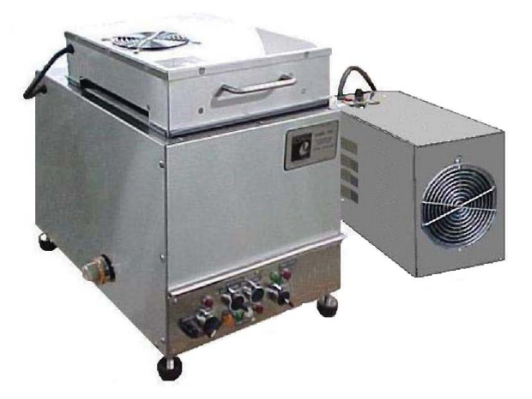 Ultrasonic Cleaners
Ultrasonic Cleaners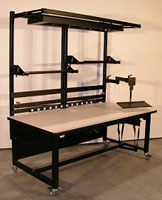 Work Benches
Work Benches